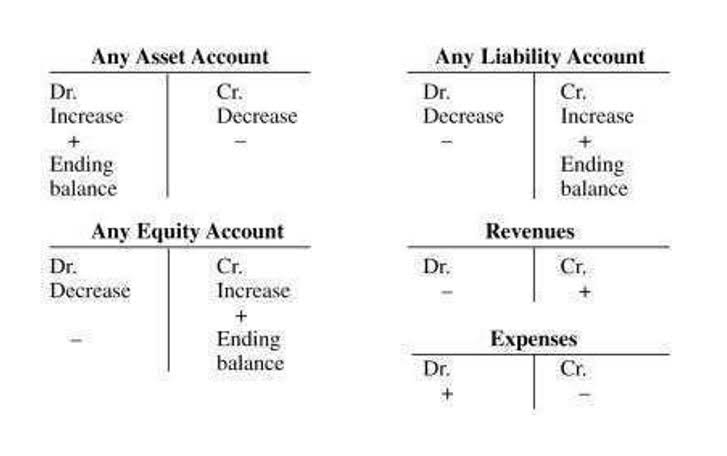
Under LIFO, if the store sells action figures in August, it will record the cost at $12 per figure, assuming the latest stock is sold first. LIFO, while less intuitive than FIFO, offers distinct advantages, particularly in inflationary environments. The LIFO method assumes that the last items added to your inventory are the first ones sold.

FIFO vs. LIFO Accounting: What is the Difference?
- FIFO and LIFO are the two most common inventory valuation methods used by public companies, per U.S.
- It may also understate profits, which can make the business less appealing to potential investors.
- Under FIFO, the retailer sells older, cheaper inventory first, resulting in lower COGS and higher reported profits.
- The older inventory, purchased at $10, remains in stock, potentially distorting its value on the balance sheet.
- A company’s recordkeeping must track the total cost of inventory items, and the units bought and sold.
They sell 200 vacuums in the first quarter, generating a revenue of $80,000. Under FIFO, https://www.bookstime.com/ the purchase price of the goods begins with the price of the earliest goods purchased. If you sold more than that batch, you repeat the formula with the next earliest batch. Finally, FIFO encourages a regular inventory turnover as older stock is sold off first.
Why inventory valuation matters

FIFO is particularly suited to businesses in stable or deflationary markets. It ensures that the inventory valuation reflects the most recent costs, giving a clearer view of the financial state of the business. However, in rapidly rising markets, FIFO’s higher profits may lead to increased tax burdens.
- Jami has collaborated with clients large and small in the technology, financial, and post-secondary fields.
- This is achieved by valuing the outstanding inventory at the cost of the most recent purchases.
- The price of the first 10 items bought as inventory is added together if 10 units of inventory were sold.
- Last in, first out (LIFO) is a method used to account for business inventory that records the most recently produced items in a series as the ones that are sold first.
- While the above is true, in most countries, the IFRS accounting standards are followed, which do not allow the usage of the LIFO method.
- In contrast to the FIFO inventory valuation method where the oldest products are moved first, LIFO, or Last In, First Out, assumes that the most recently purchased products are sold first.
- Of course, choosing between LIFO and FIFO isn’t a lifetime commitment.
LIFO vs. FIFO: Inventory Valuation

Another reason why businesses would use LIFO is that during periods of inflation, the LIFO method matches higher cost inventory with revenue. When a business uses FIFO, the oldest cost of an item in an inventory will be removed first when one of those items is sold. This oldest cost will then be reported on the income statement as part of the cost of goods sold. To use the weighted average model, one divides the cost of the goods that are available for sale by the number of those units still on the shelf. This calculation yields the weighted average cost per unit—a figure that can then be used to assign a cost to both ending inventory and the cost of goods sold. Most companies that use LIFO are those that are forced to maintain a large amount of inventory at all times.

Even if a company produces only one product, that product will have different cost values depending upon when they produce it. When inventory is acquired and when it’s sold have different impacts on inventory value. Under LIFO, remaining inventory may not be a reflection of market value. This is because older inventory was often purchased at a lower price and the market may have changed since the early orders. Although a business’s real income and profits are the same, using FIFO or LIFO will result in different reported net income and profits. When you sell the newer, more expensive items first, the financial impact is different, which you can see in our calculations lifo formula of FIFO & LIFO later in this post.

How do I calculate ending inventory using LIFO?
- Conversely, if inflation is negative, the impact of LIFO and FIFO will be reversed as described above.
- This allows companies to better adjust their financial statements and budget in regards to sales, costs, taxes, and profits.
- In some cases, a business may use FIFO to value its inventory but may not actually move old products first.
- For retailers and wholesalers, the largest inventoriable cost is the purchase cost.
- In general, both U.S. and international standards are moving away from LIFO.
- Milk cartons with the soonest expiration dates are the first ones sold; cartons with later expiration dates are sold after the older ones.
There are balance sheet implications between these two valuation methods. More expensive inventory items are usually sold under LIFO so the more expensive inventory items are kept as inventory on the balance sheet under FIFO. Not only is net income often higher under FIFO but adjusting entries inventory is often larger as well. Typical economic situations involve inflationary markets and rising prices.
Which method is better for perishable goods?
Finally, weighted average cost provides a clearer position of the costs of goods sold, as it takes into account all of the inventory units available for sale. This gives businesses a better representation of the costs of goods sold. FIFO has advantages and disadvantages compared to other inventory methods. FIFO often results in higher net income and higher inventory balances on the balance sheet. However, this results in higher tax liabilities and potentially higher future write-offs if that inventory becomes obsolete.